How the Open Home matters

Welcome to the June edition of the Open Home newsletter, the place to learn about the latest and greatest things for your smart home that improve its privacy, choice, and durability.
It's been a great month for the Open Home, and Home Assistant in particular. In an article published on June 12, The Verge mentioned Home Assistant as part of the five major smart home platforms alongside Amazon, Apple, Google and Samsung. I'm unbelievably proud that such a major news outlet recognizes our work and impact on the smart home.
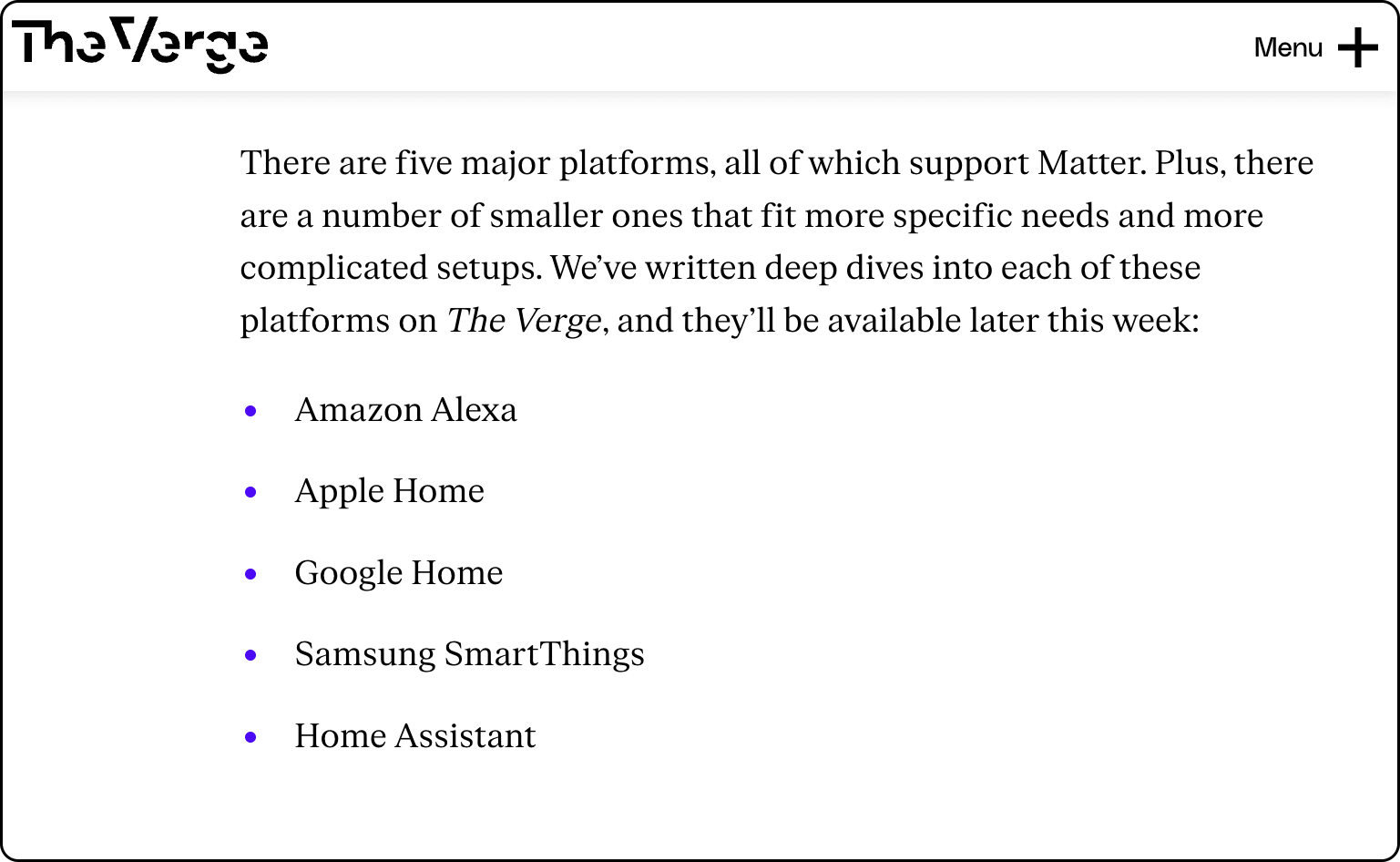
What makes this even more incredible is that we're doing this without any investors. Nabu Casa, the company we founded to fund the development of Home Assistant, is bootstrapped, solely paid for by users, and mission driven; no one can distract us from our focus on building the Open Home.
The Open Home is our vision for the smart home and it is about three things. Device data should be private by being stored locally first. Devices should be open and without vendor lock-in, so you have a choice on what devices to add to your smart home. Lastly, devices should be durable and made to last. You can't expect someone to install 30 switches, lightbulbs and sensors in their house and then follow a 3-year upgrade cycle similar to smartphones.

We defined our Open Home vision to guide the direction of Home Assistant and the community of likeminded projects. It's our ambition that it doesn't just guide us, but the smart home industry as a whole. And for that, we need to make sure the industry knows about it.
In April I was invited to open the Thread Group member meeting, and in mid June I spend an afternoon at Google NYC at invitation from Google Smart Home. The topics discussed? Home Assistant, the Open Home, Matter and Thread.
The topics are a perfect fit for this newsletter, and so I am sharing parts of my presentations below.

💡️ A quick refresher: Thread is a standard that allows devices to communicate together. Think of it as a slow Wi-Fi connection that supports mesh-networking and battery-powered devices. Thread devices use their own radio standard and connect via Thread Border Routers to your local network. Matter is a new smart home standard that works on top of both your existing local network and Thread. Learn more about Thread and Matter.
Matter, Thread and the Open Home
Matter and Thread are all the hype in the smart home world, and for good reason. It are the first standards that are implemented by all five major smart home platforms.
Pre-Matter a manufacturer of light bulbs had to create and maintain an app to onboard their device and support different integrations for each smart home platform. With Matter, a manufacturer can focus on making the light bulb while the smart home platforms take care of the onboarding and integrating the device into the home.
The results of Matter is that users will have access to cheaper devices with a consistent experience across manufacturers. Manufacturers will save money when making devices and smart home platforms will have more compatible devices.
On top of that, both Thread and Matter receive perfect scores for the Open Home values. They both operate locally and there is also a lot of choice. Thread devices work with Thread Border Routers of any manufacturer and allow any protocol to be built on top. Matter devices work with any Matter controller. And because both are standards that are vendor agnostic, it's durable. You will still be able to onboard and integrate devices 10 years from now.
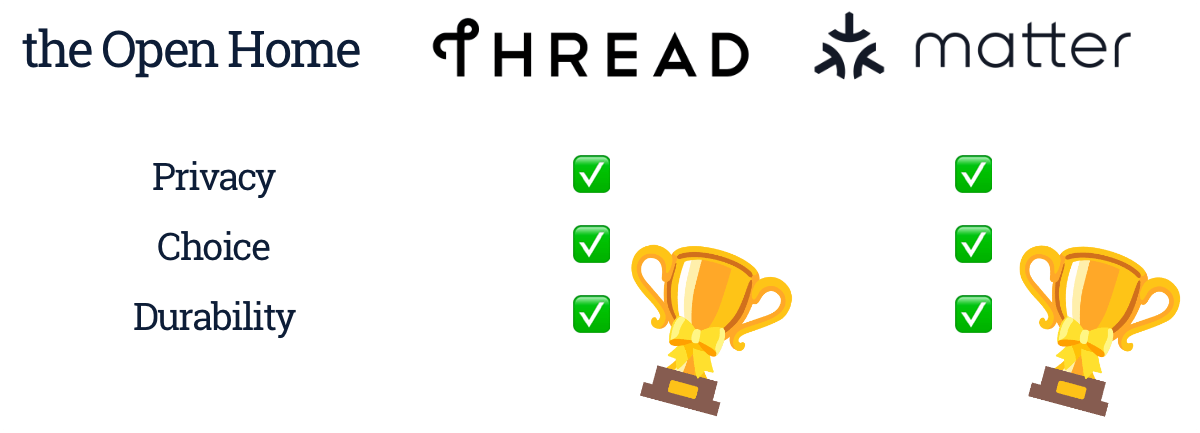
The future of smart homes is plural
Each Matter device can be linked up to five different smart home platforms at the same time. Each platform will have access to the same data and control over the device. You will be able to pair your light bulb simultaneously to Google, Apple and Home Assistant.
This will make it easy for people to try out new smart home platforms. And because a user can run multiple smart home platforms in parallel, there is room for new smart home platforms focused on providing a specific feature, like voice or ambient computing.
Matter needs time
Not everything is great about Matter. And it's not something particular about the standard itself, but it's the process around it.
The thing about standards is that they move terribly slow. It's design by committee, again and again and again. The amount of supported device types was limited at the launch of Matter, and if we're lucky we will get a couple new ones next November, a year since launch.
The other thing that slows things down is that standards require product certification. Matter relies on Bluetooth for onboarding and Wi-Fi or Thread for communication. A device will need to be certified for each technology that it uses. This is a good thing for interoperability but hurts time to market for products. Certification is tied to the Matter SDK that you use, so if anything changes, you will need to re-certify your product. Wondering where all the Matter products are? Well, they are probably in a queue awaiting certification as products could only get certified once Matter 1.0 was defined.
What Matter needs right now is time. Give it a couple of years to add more device types and allow more Matter products to hit the market. Needing time to grow and get adopted is normal for a new standard. For perspective, Thread is 9 years old and before Matter, you had probably never heard about it.
Matter limits innovation
An innovation is a novel approach to solve a problem. Standardize it and it's no longer novel. So to offer an innovative feature, you cannot rely on a standard like Matter and the interface offered by a smart home platform, you will need to have your own app.

A lot of devices, like lights and switches, rely on third party standardized components. That means that price is the main thing left for a device to differentiate on. Pure Matter devices will be commoditized and cheap. An innovative company will need to find a way to convince users to pay more to cover both the cost of making an app and the innovative feature. Would you pay extra to use an app to get light effects?
The result is that less companies will be willing to take that risk. Note that this only applies to companies making devices. Smart home platforms will be in a better position to innovate, as more devices will be under their control and they control the user experience, which is built on top of Matter.

How to get consumers to care about any of this
When Matter launched last year, phones running Android and iOS got updated with Matter support. That's millions (billions?) of people that can now control devices using Matter. How many people know their phones can do this? Or even know what Matter is?
Thread has a similar story. A lot of smart home devices, like Google Nest Hub and Apple HomePod mini, had a Thread Border Router that got activated via a software update. Based on Home Assistant analytics, we see that 16.5% of the users have a Thread network in their smart home. Home Assistant users probably know, but what about the others?
To be fair, people shouldn't have to know. You don't check if your electricity works with devices that you buy. It just works. And that's the ultimate goal for Matter. With support of every major smart home platform, Matter actually has a shot at succeeding.
Until Matter has any brand recognition, we need to hope that the different smart home "Works with" programs convince consumers to buy Matter products. And maybe Apple can sneak it into their next season of Ted Lasso?
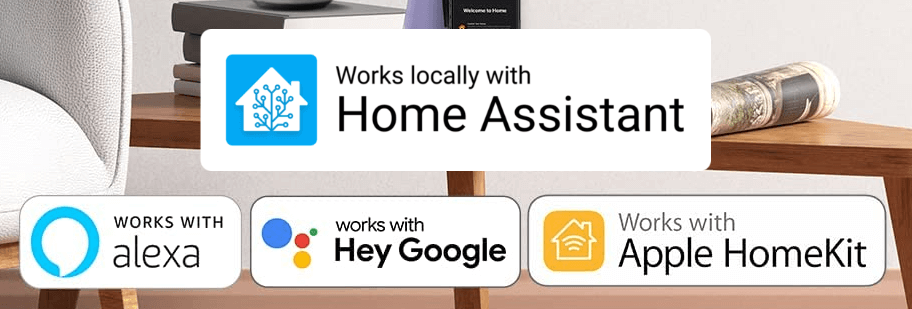
Does Matter matter for Home Assistant users?
Matter brings users new ways to connect to devices. It is the first smart home standard that works over IP. This means there finally is a standard that Wi-Fi connected devices can use. Matter bridges will also make it easier to integrate other ecosystems into Home Assistant using official standards instead of custom APIs for each vendor. And because communication happens over IP, the Matter integration in Home Assistant already supports these devices today – without requiring any extra hardware (hardware is needed for Matter over Thread).
I would not replace any device if it works today with Home Assistant (not for Matter or for any other standard). But I would consider phasing Matter in as I expand my smart home.
While Matter is not going to change anything substantial for Home Assistant today, it is going to change the type of devices that manufacturers are going to produce and how much they cost. In the long run (years), I expect Matter devices to be the cheapest way one can create a smart home. I expect many Zigbee manufacturers to pivot to making Matter devices, but for Zigbee to not go away. Z-Wave also still has it's place with the benefit of a lower frequency. However, it will make for a more expensive smart home.

Support our work

Ten years ago I started Home Assistant. Five years later we started Nabu Casa to make the development of Home Assistant, the 2nd most active project on GitHub, sustainable. We have never raised any money and our work is fully funded by people like you, who like what we do and want to support our mission of building the Open Home.
If you want to help out too, subscribe to Home Assistant Cloud by Nabu Casa.
Your subscription funds the development of Home Assistant, ESPHome, Year of the Voice, Python Matter Server, Z-Wave JS, Zigpy (Zigbee) and many other projects.
Subscribers also get access to end-to-end encrypted remote access and high quality voices for 130+ different languages and dialects for the Home Assistant Voice Assistant.
Community highlights
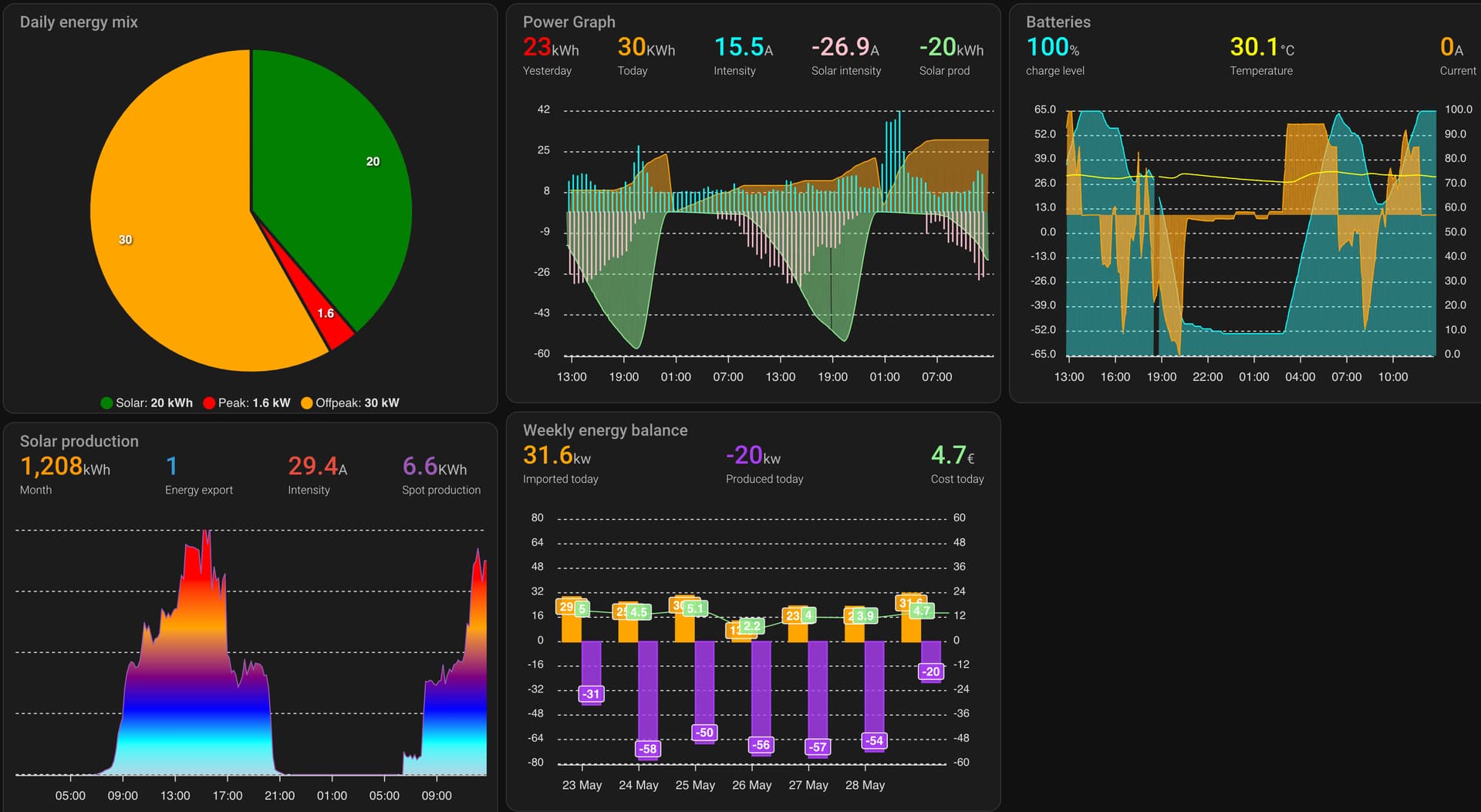
20 things I wished I knew when I started with Home Assistant
Kameo4242 has compiled an excellent list for anyone looking to improve their Home Assistant experience.
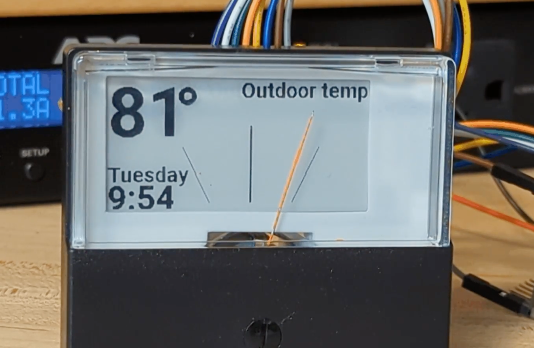
Galvanink: e-ink with analog meter
User /u/svideo created a dynamic dashboard with a physical touch using ESPHome.
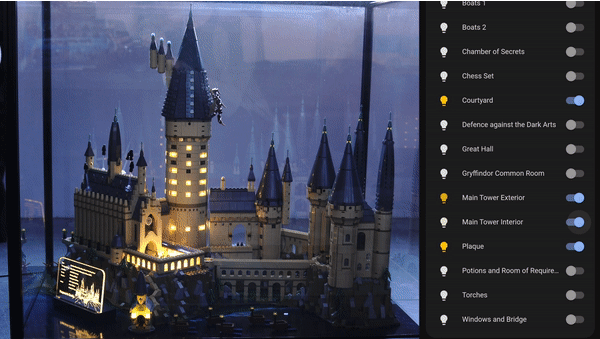
LEDBrickHome controls LEGO lighting kits
This ESPHome project will allow you to bring your LEGO lightning kits into Home Assistant.
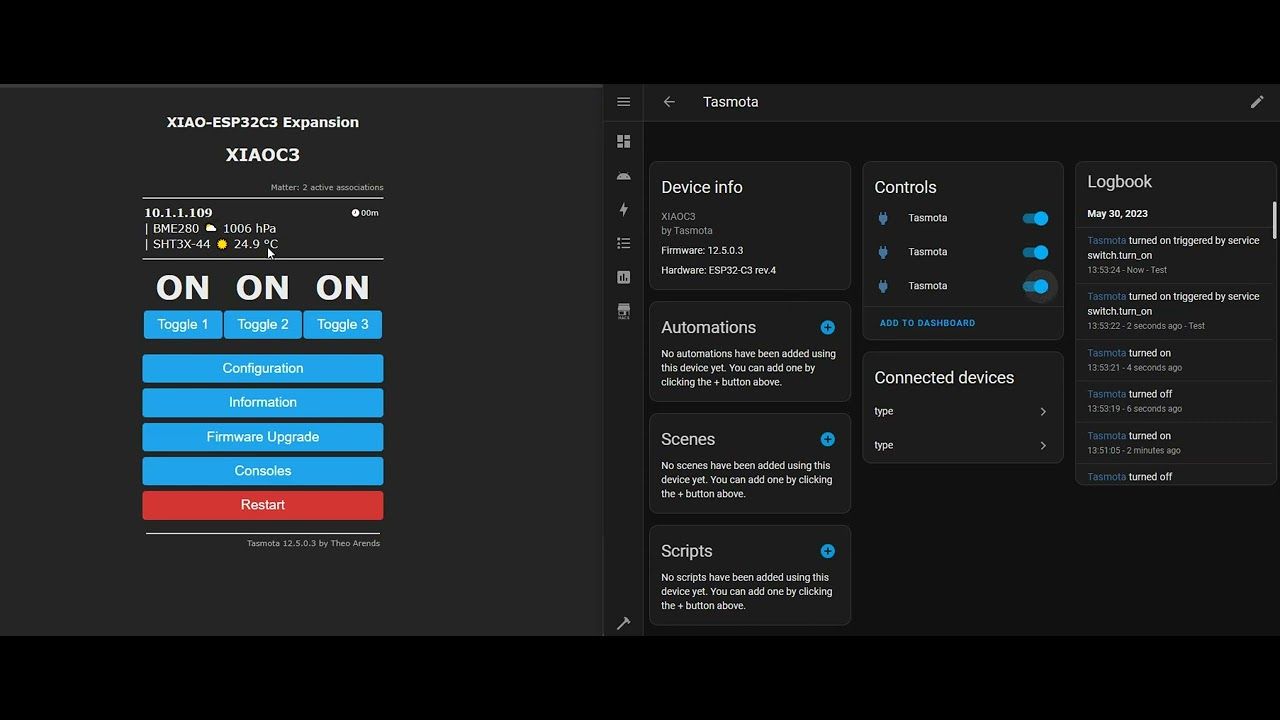
Tasmota adds experimental Matter support
Tasmota now allows you to turn your ESP32 into a Matter device.
In other news
- Parks research indicates that concerns about privacy are the third main reason consumers aren't buying a connected device. Consumers have shifted their privacy concerns from worries over hackers to worries over how companies use their data. (Stacey Higginbotham, Stacey on IoT)
- Google launches YAML editor for automations. Not the feature I would have expected other smart home platforms to adopt from Home Assistant. (Jennifer Pattison Tuohy, The Verge)
- Amazon shut down smart home of a user after package delivery driver claims racist remarks from doorbell. Yikes! Video doorbell footage showed innocence and the user got their smart home back. (Louis Rossmann)
|




